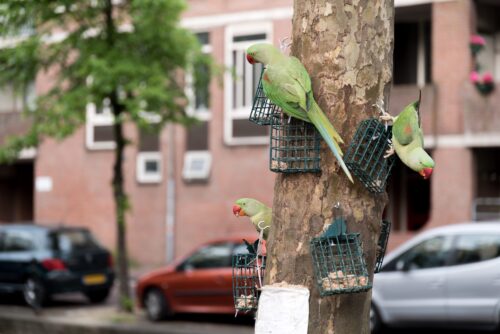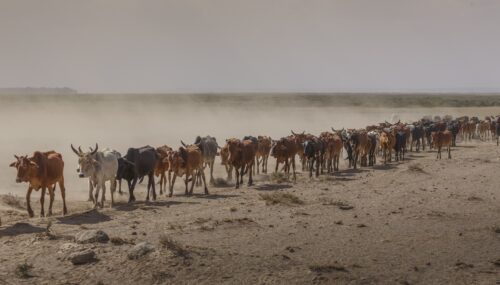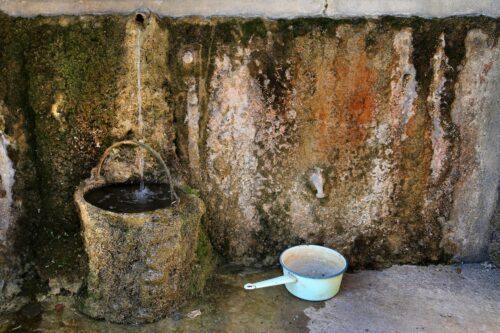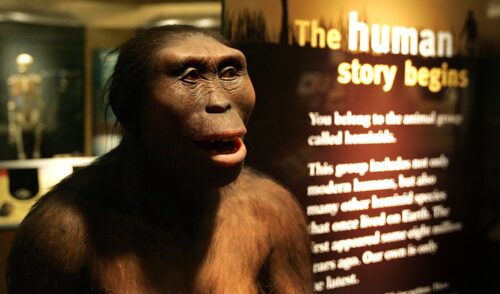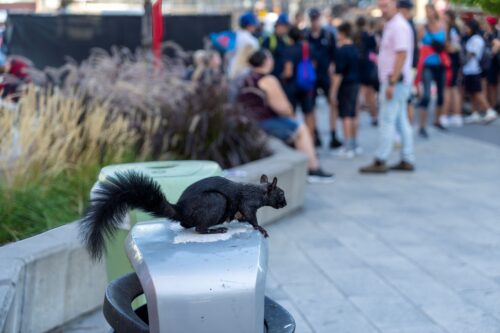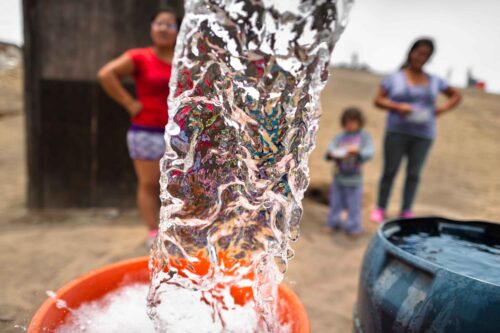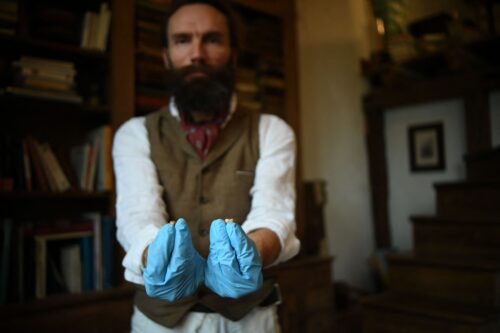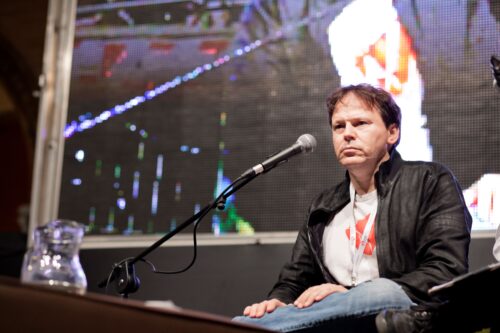The Heaviness
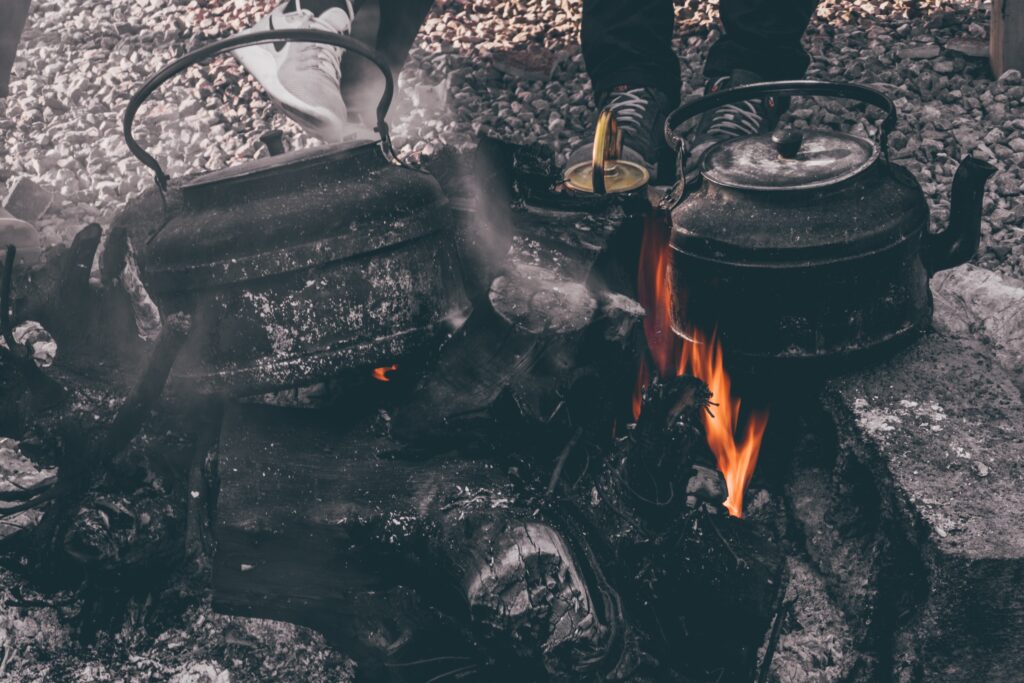
Worldwide, most people know someone who has considered suicide; this person might be themselves. Too many know someone who has died by suicide. Yet, even as one of the most human public health crises we face, inquiry into suicide and its prevention strategies exist in a binary: stiff clinical terms or deeply personal stories. My poem “The Heaviness” offers an incisive, emotional, and experiential bridge between the two—an attempt to recenter the humanity at the core of understanding and preventing suicide.
The topic of suicide is often presented and studied as an individual person’s issue within psychology and the biomedical sciences. These disciplines have had a profound influence on suicide research, treatment, and prevention approaches, such as the language used in campaigns, messaging, organizations, and social media. Suicide research within these fields tends to ask: “Is there something wrong with suicidal people?” without asking, “Is there something wrong with the world in which they live?”
Sociology has wrestled more deeply with understanding suicide and enhancing the efficacy of suicide prevention, addressing the broader impacts of society and culture—inequity, intersectionality, and the roles of organizations, for example—on human behavior. However, compared to psychology and the biomedical sciences, sociological studies have played a smaller role in how suicide is framed and talked about in the literature and in suicide prevention efforts.
In 1897, Émile Durkheim’s Suicide: A Study in Sociology considered suicide as occurring within a society’s social, moral, and economic factors, describing it as either altruistic, egoistic, anomic, or fatalistic. As the founder of suicidology, Durkheim was the first to explore increasing suicide rates as a “symptom of collective breakdown of society.” He further believed that population and public health projects were best posed to protect individual well-being, improving both social integration and regulation.
Within anthropology, scholars are asking urgent questions about how researchers can study suicide holistically, ethically, and safely for all parties. For example, in their paper “Methodological Proposal for Studying Suicide as a Complex Phenomenon,” Maria Cecília de Souza Minayo, Fátima Gonçalves Cavalcante, and Edinilsa Ramos de Souza write that “few studies have simultaneously examined the individual, social, anthropological, and epidemiological aspects of suicide.” Of course, there are complex ethical and methodological difficulties, such as speaking to relatives and discussing trauma in interviews.
In Suicide: Reflections on Medical Anthropology Research of Suffering, medical anthropologist Stefan Ecks asks: “How can suffering caused by suicide be examined as phenomenon (sic) in social context?” Suicide is notoriously difficult to study because it is a fatal outcome with multiple pathways to behavior, intermittent risk, and several biological, psychological, and social factors that impact measuring it.
Although these clear calls to action for studying suicide exist and circulate within anthropology, there is a critical need for anthropological poetry to complement suicide research, which my poem posits. In “The Heaviness,” I consider suicide as anthropological, social, and political in a world where its treatment and prevention methods are built around the assumption of an individual’s mental illness.
The poem explores how not all people who consider, attempt, or die by suicide are afflicted by pathological, neurochemical imbalances. Societal-level trauma is often carried somatically between generations, and suicidal thoughts as a response to these experiences aren’t necessarily as “irrational” as we’re generally told mental illness is.
In addition, “The Heaviness” narrates the unrelenting grip of learned helplessness when the system that leads people to crisis further criminalizes and shames them when they consider, attempt, or die by suicide. In the U.S., limited options for mental health crisis responses—typically 911 or the emergency room—disproportionately harm those who are BIPOC, who are already unduly impacted by multigenerational traumas that stem from historical oppression.
Further, this poem notes that although lived experience (as a suicide loss or attempt survivor, for example) is common and often necessary in advocacy, writing, and participatory action research, these engagements ask a lot of survivors. For example, participatory action research centers the members of communities most impacted by that research. They may be part of the research design, data collection, or the dissemination of outcomes. Asking someone to re-give voice and life to their experience in such a way often requires them to pick the scabs of their deepest wounds.
Another example of the profound “ask” we have of others is among mental health care professionals and mental health advocates/activists who are trained in suicide prevention methods. Just because people are “experts” via their education and training doesn’t mean they can’t and don’t struggle with suicidal thoughts and behavior. In many cases, their work is intimately wound with their lived experience.
Durkheim’s attempt to argue that a broken society causes painful behavior fell short because though critical, the systemic link between the two is difficult to quantify. In the context of suicide, anthropological poetry is perhaps the only place where this tension between academia, society, and lived experience can be explored in a way that moves the discussion forward. As beautifully stated in SAPIENS by inaugural Poet-in-Residence Justin D. Wright and Christine Weeber, the magazine’s poetry editor:
“For people who are marginalized, poetry is, indeed, not a luxury, but a language. I (Justin) know it as a searing light through which we might brighten the path toward futures we were told we would never have. For me, it has often been a lighthouse in the darkness, shepherding my ship to port. But it has also been the torpedo fire, the rocket blaze, the missile flame I have learned to launch in protection.
For me (Christine), poetry has been a way to embody in language what otherwise remains ineffable, to envision more just and healthier ways of being and relating in the world, and to carve out spaces where sensory input, dreams, intuition, and emotions have equal play with other aspects of being human. As [Claudia] Rankine says, ‘Futurity comes if you can feel.’ To me, poetry can be part of a decolonizing effort for how it helps us express what it’s like being in bodies in social spaces, in physical places, and in evolutionary time.”
Exploring suicidology’s depth via anthropological poetry offers a way to move past the assumed clinical conceptualization and personalization of suicide embedded within much suicide prevention messaging and research, which, as stated by Daniel Münster and Ludek Broz,
“presents it as a pathological and individual act, committed with willful intent, full consciousness and unambiguous authorship, whose default subject is arguably a ‘Western,’ male, White, middle-class human.”
Within the context of suicide, poetry provides language, voice, and a medium to avoid further marginalization. It can help tear down ethnographic assumptions about agency, disability, personhood, death, free will, authorship, power, and suffering. Poems about suicide can empower all of us to highlight the stories and experiences of political, social, and economic injustice that breed suicidality.
To close the poem, I come back to the vitality of hope when we fight for our own and one another’s lives each day, noting that pain and love are intertwined and equally heavy to carry. Poet Anne Sexton elegantly captured this when she stated, “suicide is, after all, the opposite of the poem,” which I include in verse alongside a few poignant lyrics from musician Johnathan Larson’s “Louder Than Words.”
Editors’ Note: This final version builds on an earlier, shorter draft of the poem published at Unsinkable.
The Heaviness
- Trauma can be a multigenerational somatic weight …
Years of sleep that haven’t been slept
are tied in thick bales of heaviness
deep within the cords of the optic nerve.
Trauma simmers in bodies—
a hive mind of fungi-like
blistered acne,
aches, anger,
danger.
Blood on gnawed lips.
Raw,
peeled fingertips.
Plaque-coated teeth,
the whiff of
rotting neglect
between
mouth and nose.
Spoken sentences sound much longer.
Stringing words into speech staggers and saunters.
Sightlines
shrivel
shorter.
- and there are few to untangle it with …
Like boiling water encased in a kettle,
trauma thrusts steam through
a tiny hole.
It whistles.
The spume harshens
without weariness,
shoving out surging steam until
the whistle sharpens
to a scream.
And when we scream,
we are labeled as
toxic,
uncomfortable,
at risk,
complex,
irrational,
imbalanced,
unable to cope with a life
that was never meant to be coped with.
Research
feeding
clinical and community care
has yet to
pave paths
and leave trails
that have looked
into suicide’s eyes:
history, politics, and culture.
So prevention and treatment
look into
chemicals for pain that is
not biological
but societal,
while half of us
remain “treatment resistant.”
So we choose silence.
- except when someone else calls 911 …
A life unzippered from agency:
if a needed life, then selfish,
if the life needs help, a criminal.
The blue and red light twists
around
the cone faster and faster
until it is an agitated purple—
a bruise felt long before the click of the cuffs,
the slapping of the flap jacket,
the spinning siren sound,
the clap of the holster,
the fact that the weight of a body is still alarming.
- or the hospital …
How heavy is the water that we carry from before us—
the water that is supposed to
hydrate our flesh and blood
but can’t
because it is a saline solution
saturated with witness?
Boiling so severely the salt burns.
Each grain is invisible, yet
heavy enough
to weigh us down
beneath
the straps of the gurney
each time we slice
wrists
to release
the pressure.
We habituate to the smell
of damp metal: dried blood.
The heat of our light
quivers as it’s
drawn up into
the bleached, ultraviolet
strips of blinding glass bone in the ceiling:
hospital lights.
We lay in pale blue cloth,
soaked in our own blood
and forced to stare into white light
so blinding
we cannot see the faces
behind fragments
of conversation that
pick and pry
over what
could have
made us so selfish.
It starts with pause—
who, truly,
perpetuated these punctures?
And then, maybe we scream back,
louder than the kettle:
“Actually,
I didn’t do this!”
Maybe there is nothing wrong with me.
Maybe what is wrong is the
strangled world I suffocate in—
a system
that breeds suicide
but refuses to
call it violence.
- and trauma feels heavier when we understand it better …
And so, we fear how our
wounds
will
wound.
Because we fear the survival
of that cycle.
We fear watering the roots
of what designed
the damage that
still lives after millennia,
and the necessity
to rip open its scabs
and give, give, give
from our raw tissue.
Yet, with lived experience
ripening
into advocacy and activism,
what do we do
when we are considered
unworthy or improper
if we struggle with what
we are supposed to be
experts in?
Are we then bound to
baste in the pain
that simultaneously
drives us closest to the edge
and keeps us from jumping
off it?
- until we know how to distribute its weight.
What if policy
reduces
suicidal behavior
while
exacerbating
the weight of trauma in the
injustices
that envelop
suicide?
“Cages or wings?
Which do you prefer?
Ask the birds.”
What if suicide research
only reflects
Euro-centric,
male,
middle-class,
pathological,
individual,
willful,
conscious,
unambiguous actions?
And what if the rest of us are compared
to this default
assumption by
families,
neighbors,
religious specialists,
doctors,
public health experts,
activists,
newsmakers,
even when
it isn’t true
for White,
middle-class
males either?
“Why does it take catastrophe to start a revolution
if we’re so free?”
Because our mind feels safer
when blanketed by
binaries and polarities,
though our meta-soul knows
that suicide is not one
visible, predictable object
to be surveilled.
Because “suicide is, after all, the opposite of the poem,”
We must be the poem
by refusing to prolong our lives
at the expense of their quality.
By reclaiming prevention as
saving lives because we’ve penned
and then built a world
where people have no reason to take them.
And like the way a tendon
braves vulnerability
when relying on the same
bone it protects,
we will heal knowing
trauma’s cause,
effect,
and
how to carry it.
Perhaps learning to
gently open
the spout
of the kettle—
pouring onto page with pen—
feels heavy too,
even as the pot empties.
Because heaviness cascades
assuredly
when rich with agency,
personhood, and
power.
Because
it waters
the definition
of love.





